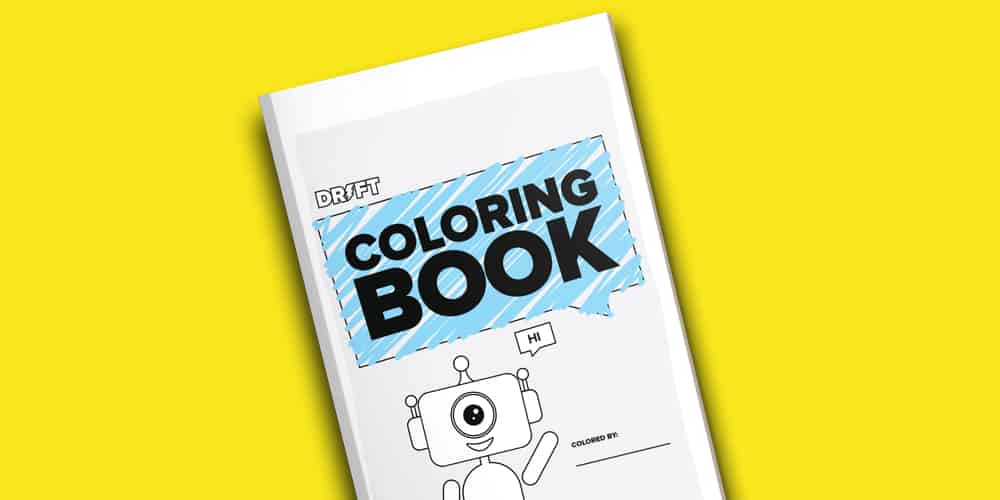
We’re navigating through very uncertain times amid the COVID-19 pandemic. It’s difficult to ignore what’s happening around us: a rising death toll, reports of overpacked hospitals that are short on supplies, mass layoffs, social distancing from friends and family, a dramatically different work environment…and the list just goes on.
Psychology and neuroscience tell us this kind of situation causes undue stress and anxiety. Because (as if we needed the reminder), we can’t predict how this will impact us or control what is happening to us.
We intuitively respond by fight or flight. One minute we’re running through the checklist in our head about everything we should be doing, and the next minute we’re paralyzed by anxiety or avoid processing what’s going on entirely.
It’s a lot for anyone to deal with.
And unfortunately, none of these options will get us through this challenging time. So, rather than leaning into the things that are causing us negative feelings, the best thing to do is to adapt.
At Drift, we’re empowering our team how to adapt to our current reality with these six steps (inspired by this post about Nemonic CIRCA, highly recommend checking it out) ?
1. Name it
You might be feeling generally anxious, but figure out what is specifically driving your anxiety. Take the time to ask yourself, what are my two greatest fears right now? This will help you narrow the focus of your mental energy and make everything else feel less stressful.
2. Let go of what you can’t control
Your brain only has so much capacity, so when you let all of our anxieties carry equal weight, you don’t leave room for productivity. After you name your anxieties, you get a better sense of what you can and what you can’t control. Then, embrace it by making the decision to take on the things you can control (and giving yourself permission to let go of what you can’t).
3. Chunk it
Since it’s hard to know what to expect just a few months from now, focus on goal-setting and planning week-to-week or even day-to-day, whichever way is the most manageable. The most important thing is to remind yourself of your purpose.
4. Get present
Your mind might be in overdrive trying to make sense of everything you’re experiencing right now. Use mindfulness to bring yourself back to what’s happening in the moment
5. Test your worries
Worrying protects you from impending threats, but it’s not always worth the energy. Much like taking what you can control, prove some of your worries wrong. If you’re wondering if you’re being productive enough, actually list out what you’ve done today, or if it’s work-related, ask for feedback on how you’re doing. If you’re worried about losing your job, look into the resources that would be available to you if it happened hypothetically to prove that you will be OK if it did happen.
6. Think of possibilities instead of problems
Your normal set of resources has changed, but now that you’ve freed up some brain space for innovation, ask yourself what possibilities now exist in the current environment that the resources that you DO have can help make a reality.
But we know there’s not one tried and true method that will work for everyone. And it might even be a few different things that work best for each person. So we reached out to the Drift team to share additional ways to adapt in uncertain times. Here are a few favorites ?
Frank Schepps – Senior Sales Ops Analyst, on resetting your mind:

Amanda Canarios – Customer Success Manager, on managing your mood:

Dena Upton – Chief People Officer, on showing your work:

Matt Guemple – Creative Director, on taking breaks:

Kari Howe – Director, Organizational Development, on communicating:

Nick Rachielles – Engineering Tech Lead, on removing friction:

Cris Mendes – Inside Sales Manager, on avoiding distractions:

Kelvin Sims – Account Manager, on using video:

Zareena Javed – Senior Legal Counsel, on staying positive:








